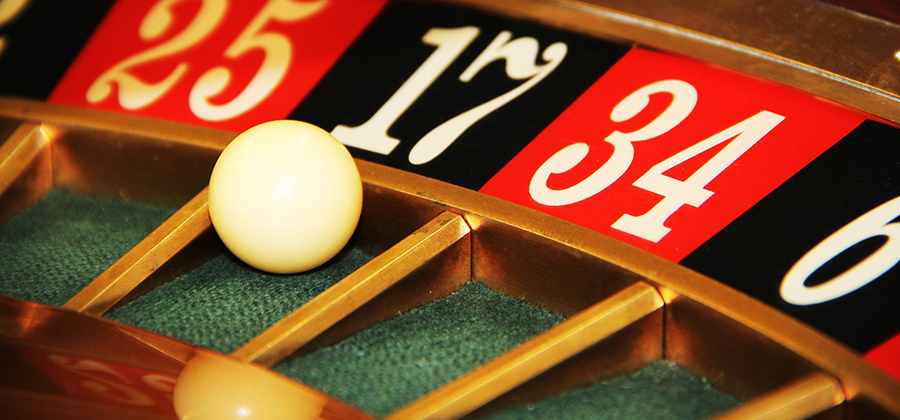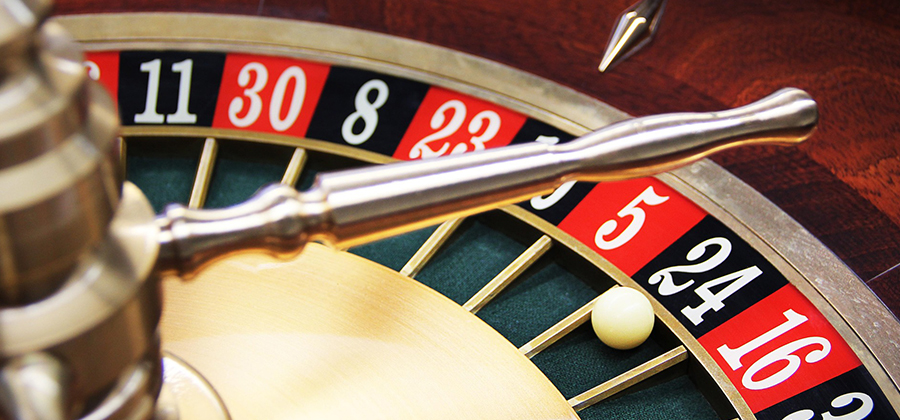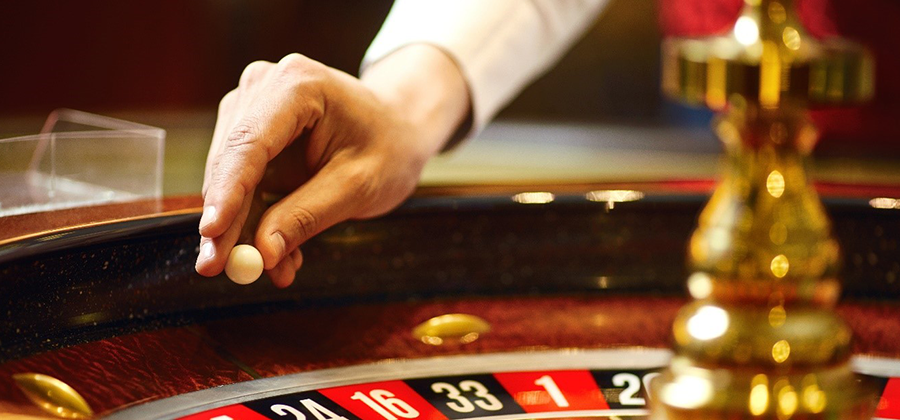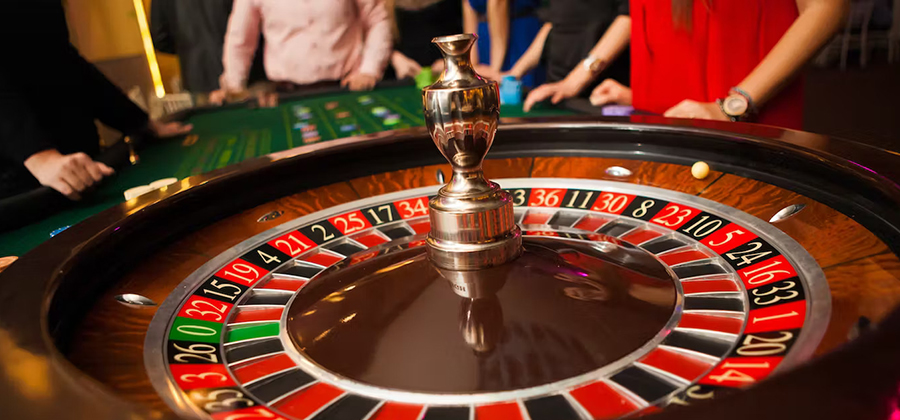Roulette is an incredibly popular casino game enjoyed by millions online or off. With so much going on at the roulette table, the excitement and anticipation have pulled players to the table throughout the ages.
Numerous articles are written about strategies, the wheel and the table, but we have created this article to inform you about the roulette ball; after all, it is where the ball lands that determines whether you win.
So let us take a look at that little ball which is somewhat taken for granted, and believe it or not, there is a lot more to that little white ball, sometimes called the pill, than you might think as the size and material it is made of will make a difference to how it behaves, and where it will eventually settle.
Table of Contents
The Origin of the Roulette Ball
The original roulette balls, as were the roulette wheels, were full of imperfections. Manufacturing methods were not advanced, leading to balls (and wheels) with minor defects, with some balls needing to be round.
Early roulette balls were made using ivory, a big no-go area today. However, some ivory balls could still be found in casinos into the 1980s. Even further back in history, you might have found roulette balls made of wood. Still, these were in the less glamorous casinos of the day. Wood roulette balls would be unreliable as they would wear easily and suffer from dents and dints, affecting where they landed.
The Modern Roulette Ball
Today’s roulette balls are usually made out of nylon or Teflon. The material that the roulette ball is made of impacts the ball’s liveliness and plays a key role in any roulette game played in a physical casino.
The liveliness of a roulette ball is a term used for how much it bounces. The more lively a ball or, the more bouncy one is, it will make it harder to predict which pocket it will land.
Ivorine produces a yellowish roulette ball that replicates the ivory balls of times past, whilst Teflon produces a pure white ball. The colour does not affect the ball’s behaviour, but the material it is made from does.
An ivorine ball will tend to bounce more, whereas a Teflon ball doesn’t, so it is harder to predict where an ivorine ball will land.
Those players, known as ‘visual trackers’, will avoid games involving a lively roulette ball. Of course, many casinos use this type of ball to stop players from using number-projecting strategies or systems.
Even though many casinos use lively roulette balls, there are some drawbacks. If the roulette ball is too lively, the ball can jump out of the wheel, landing on the roulette table or the casino floor, which either slows down or stops the game for some time.
A bouncy ball can also be caught by a loose or high fret which means that a bias which may not originally have been playable could be used if the ball is lively.

Why Would a Croupier Switch Roulette Balls?
When a player has made several successful bets at a roulette table, it is not unusual for the croupier to switch one ball with another, just like changing dice in a craps game or opening up a new deck of cards at the poker table. These procedures are used by a lot of casinos to break a player’s run of luck so the croupier can have two or three additional balls at the table that they can use.
Roulette ball switching was introduced into casinos after it was noticed that some players tried to control the ball’s drop by using electromagnets.
For an electromagnet to be successful, the roulette ball must have an iron or steel slug in the centre, so exchanging the roulette ball for one that did not have such a centre. Some casinos use a magnetic stud finder to check their roulette balls.
Roulette balls also vary in size, which include; ⅜ inch, ½ inch, ⅝ inch, and ¾ inch, although most casinos of today use either the ⅝ inch or the ¾ inch roulette balls.
Most professional casinos use roulette wheels that are either 27 inches in diameter, 30 inches in diameter or 32 inches in diameter which determines what size roulette ball will be used.
Ball Speed and Roulette Bets
In some casinos, players will make bets while the roulette ball is still spinning on the roulette wheel. In these cases, the croupier will create long spins to give everyone a chance to place their bets. Fewer players mean quicker games; in these cases, the croupier will create a short spin, making the game more exciting and fast.
Once you get used to the different paces of your croupier, you can place your bets. Remember, the croupier can close betting after the ball begins to spin, so make sure you have placed your bet before the spin starts so as not to miss out.
In Conclusion
Each roulette ball material has advantages so that the casinos will keep a selection of both. Although it is interesting to know a roulette ball, there is not much to worry about, as roulette has always been a game of chance and will remain so for as long as it is played.



 by
by 


